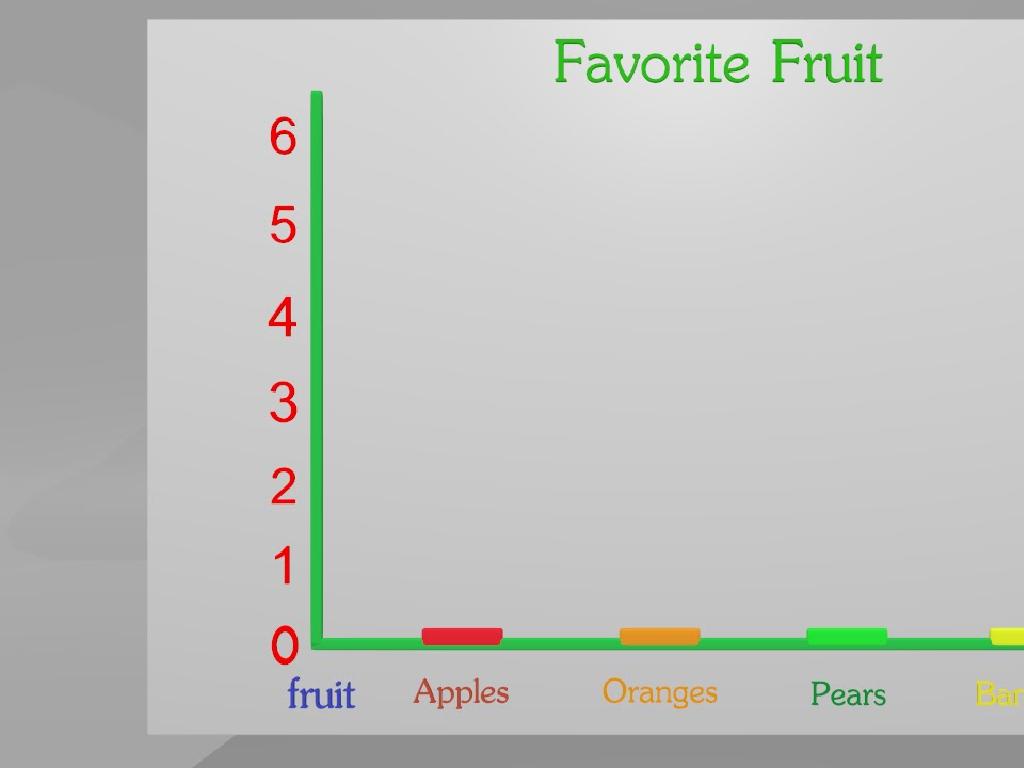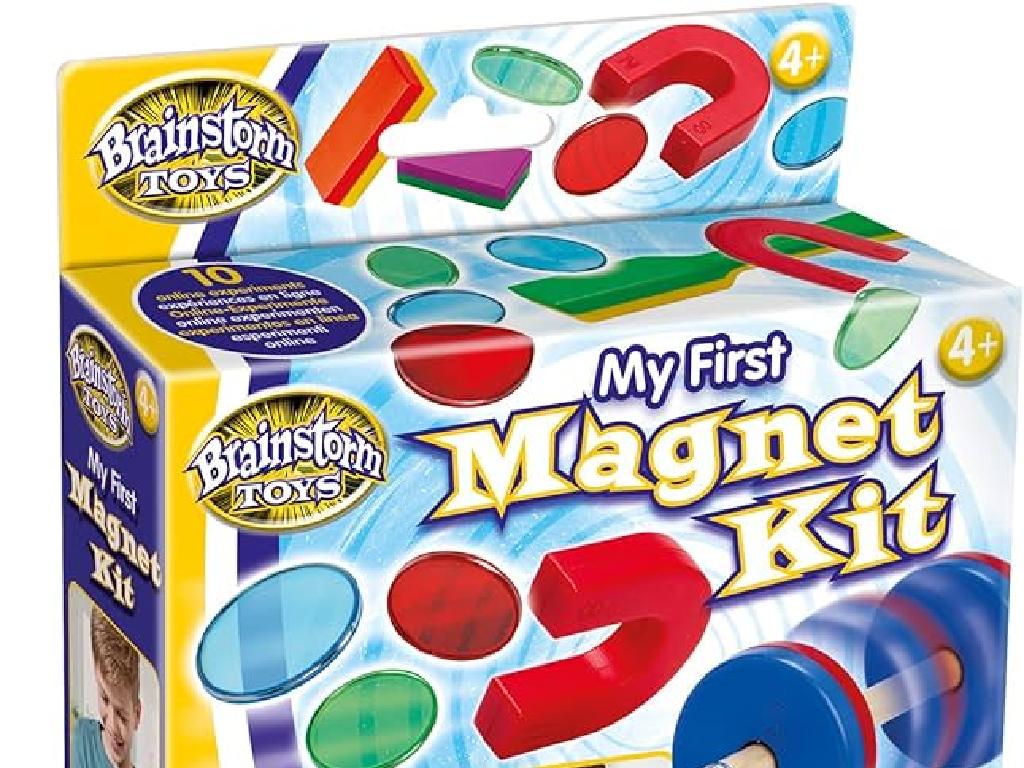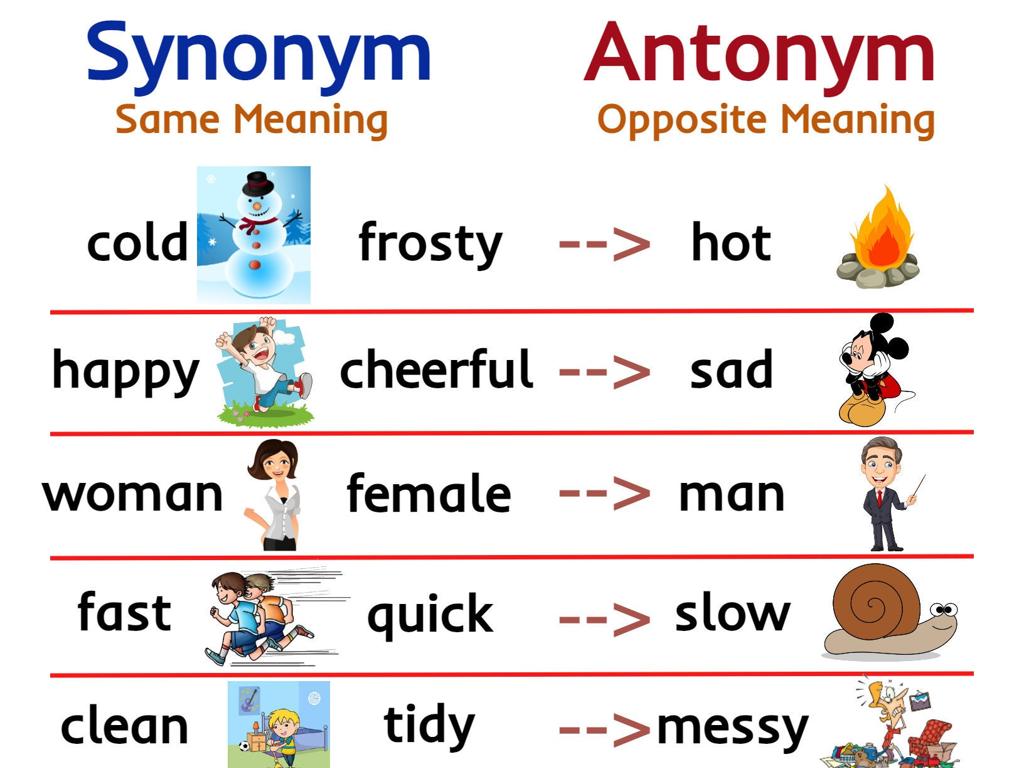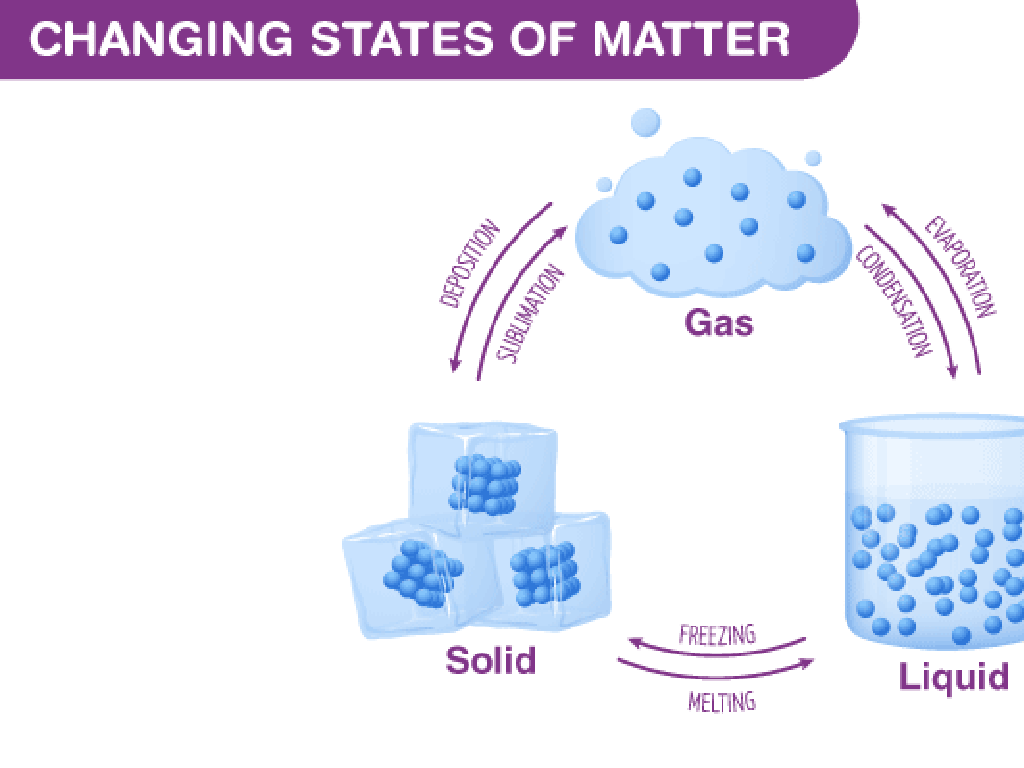How Do Flowering Plants Make New Plants?
Subject: Science
Grade: Second grade
Topic: Plants
Please LOG IN to download the presentation. Access is available to registered users only.
View More Content
Welcome to the World of Plants!
– Importance of flowering plants
– They give us food, oxygen, and beauty.
– How plants benefit our world
– Plants provide homes for animals and help clean the air.
– The magic of plant reproduction
– Flowers make seeds that can grow into new plants.
– Exploring the creation of new plants
|
This slide introduces second-grade students to the significance of flowering plants in our lives and the environment. Emphasize how plants are not just beautiful to look at but also provide us with essential needs like food and oxygen. Explain that plants are a crucial part of the ecosystem, offering habitats for animals and helping to purify the air we breathe. Introduce the concept of plant reproduction, focusing on how flowers are the key to creating seeds, which then grow into new plants. Use simple language and relatable examples to make the topic engaging and understandable for the young students. Encourage them to think about the plants they see every day and how those plants might have grown from seeds.
What Are Flowering Plants?
– Flowering plants produce flowers
– They use flowers to reproduce
– Found in various environments
– Gardens, forests, deserts, and more
– Examples: roses, sunflowers
– Beautiful plants with colorful petals
– Cherry blossoms as an example
– Famous for their spring beauty
|
This slide introduces the concept of flowering plants to second-grade students. Begin by explaining that flowering plants are special because they grow flowers, which are important for making new plants. Highlight that these plants can live in many places, from the home garden to wild forests, and even in dry deserts. Show pictures or provide real examples of common flowering plants like roses, sunflowers, and cherry blossoms to make the lesson tangible. Explain that cherry blossoms are particularly known for their spectacular blooms in the spring. Encourage the students to think of flowering plants they have seen in their own experiences.
Parts of a Flower: How Plants Reproduce
– Learn flower parts: petals, stem, leaves, roots
– Petals attract bees for pollination, stems support the plant, leaves make food, roots absorb water
– Each part has a unique role
– Flowers are where seeds are made, which grow into new plants
– Flowers help plants make new plants
– Discover the journey from flower to new plant
– We’ll explore how a flower turns into a seed, then a new plant
|
This slide introduces the basic parts of a flower and their roles, emphasizing the flower’s function in plant reproduction. Explain that petals attract insects for pollination, stems provide support, leaves are responsible for photosynthesis, and roots absorb nutrients and water. Highlight that the flower is the reproductive part where seeds are formed. These seeds eventually grow into new plants. Use simple language and relatable examples to help second graders understand the concept. For instance, compare the flower to a baby nursery, where seeds are like baby plants waiting to grow. Encourage students to observe flowers and identify their parts as a hands-on activity.
Pollination: The First Step in Making New Plants
– What is pollination?
– Moving pollen from one flower to another
– Who are the pollinators?
– Bees, butterflies, wind are helpers
– Pollination leads to seeds
– Seeds are baby plants waiting to grow
– Importance of pollination
|
This slide introduces the concept of pollination to second-grade students. Pollination is the process of transferring pollen from the male part of a flower to the female part, which is essential for the production of seeds. Highlight the role of bees, butterflies, and even the wind in helping plants pollinate. Explain that without pollination, plants cannot make seeds, which are necessary for growing new plants. Use simple language and relatable examples to help students understand the importance of pollination in the life cycle of flowering plants.
From Flower to Fruit: Plant Reproduction
– Flowers can become fruits
After pollination, a flower’s ovary swells and transforms into a fruit.
– Fruits protect and spread seeds
Fruits shield the seeds from harm and aid in their distribution to new places.
– Apples and oranges are fruit examples
Many fruits we enjoy, such as apples and oranges, start as flowers on plants.
– Importance of fruits in plant life cycle
|
This slide aims to explain the process of how flowering plants create new plants, starting from the transformation of flowers into fruits after pollination. Emphasize that fruits are not just for eating; they play a crucial role in protecting the delicate seeds inside and helping them to spread to new areas where they can grow. Use familiar fruits like apples and oranges as examples to make the concept relatable. Discuss how the fruit is part of the plant’s life cycle, ensuring the continuation of the species. Encourage students to think about the fruits they eat and how they are part of this big cycle of life.
Seeds: The Tiny Miracles
– Seeds grow into new plants
– They need soil, water, sunlight
– Just like you need food and love to grow!
– Each seed has a baby plant
– The baby plant is called an embryo
– Embryo is the beginning of a new plant life
|
This slide introduces the concept of seeds and their role in the life cycle of flowering plants. Explain to the students that seeds are very small, but they have the potential to grow into full-sized plants. Discuss the basic needs of seeds to germinate, which are soil, water, and sunlight, drawing parallels to the needs of the students themselves. Highlight that inside each seed is an embryo, which is a tiny baby plant that will develop into a new plant. Use simple language and relatable comparisons to help second graders grasp these concepts. You can also bring some seeds to show the class or plan a small activity where they can plant seeds in cups to observe the growth over time.
Growing New Plants
– Seeds turn into new plants
– When planted in soil, seeds sprout and begin to grow.
– Plants reproduce with seeds
– Just like animals, plants have babies, which start as seeds.
– Let’s grow plants from seeds
– We can plant seeds in pots with soil to watch them grow.
|
This slide introduces the concept of plant reproduction and growth to second-grade students. It explains that seeds are the beginning of new flowering plants and emphasizes the life cycle of plants. The slide sets the stage for a hands-on activity where students can plant seeds and observe their growth over time. Teachers should prepare small pots, soil, and seeds for the classroom activity. They can guide the students through the process of planting and discuss the conditions necessary for seeds to germinate and grow, such as soil, water, and sunlight. This activity will help students understand the life cycle of plants and the basics of plant reproduction.
Class Activity: Planting Seeds
– Plant seeds in cups with soil
– Water them and give sunlight
– Observe and record growth
– Note the seed’s changes each day
– Discuss changes over time
– We’ll talk as a class about what we see
|
This activity is designed to give students a hands-on experience with the growth process of flowering plants. Each student will plant their own seeds in cups filled with soil. It’s crucial to instruct them on how much water to add and the importance of placing the cups in a sunny spot. Over the following days and weeks, students should observe their seeds sprouting and transforming into seedlings, making daily or weekly records of their observations. This will help them understand the conditions plants need to grow and the stages of plant development. As a teacher, prepare to facilitate discussions about their observations, guiding them to notice patterns and differences in growth among the class’s plants. Provide a journal or worksheet for recording observations, and consider setting up a chart in the classroom where students can share and compare their findings.






